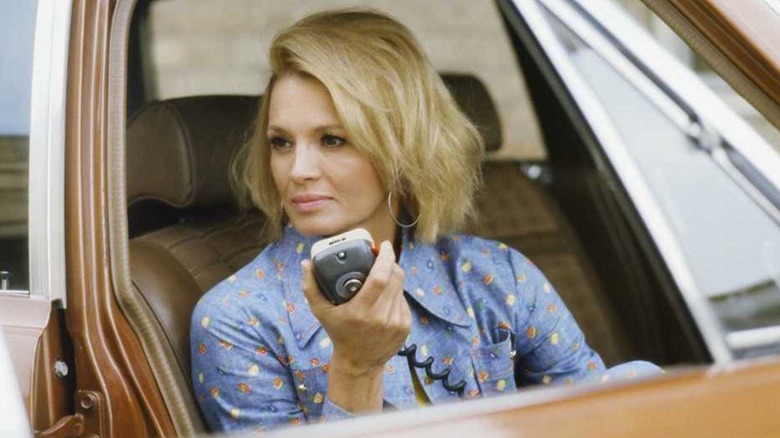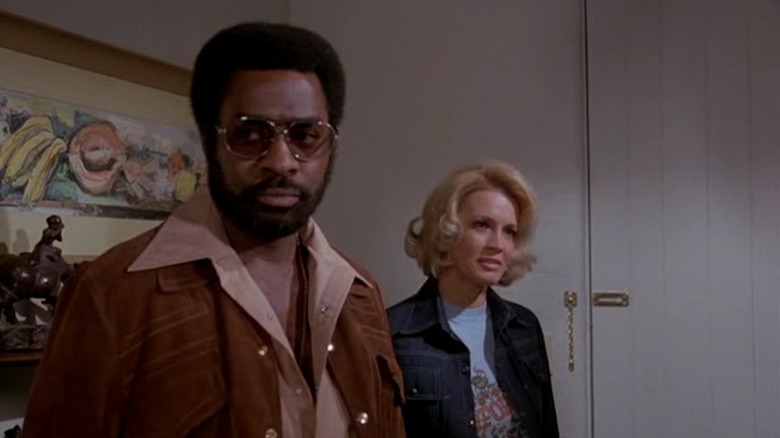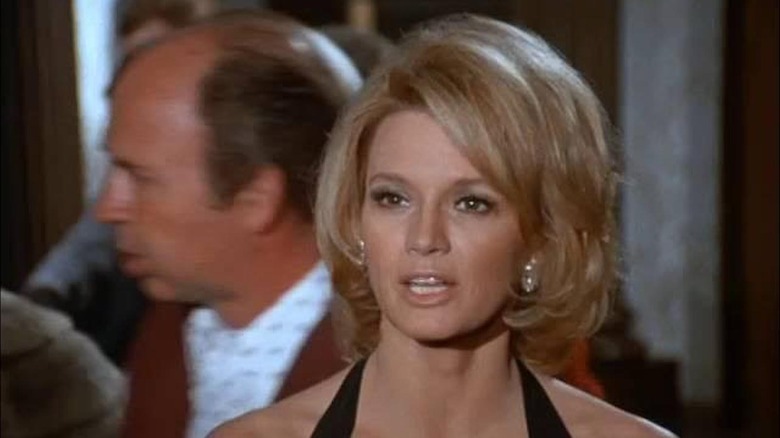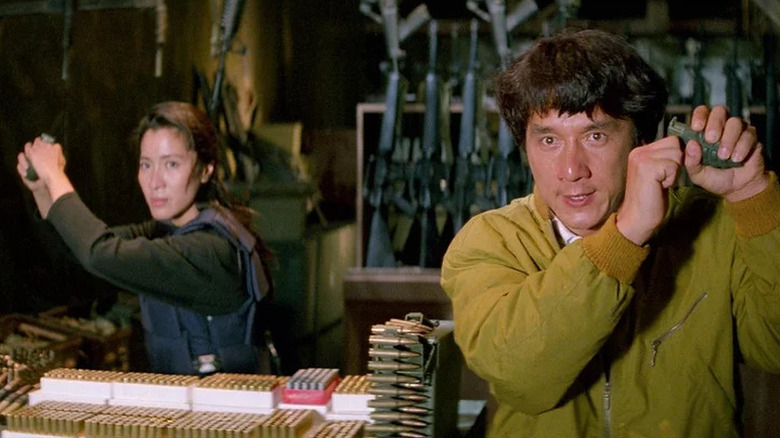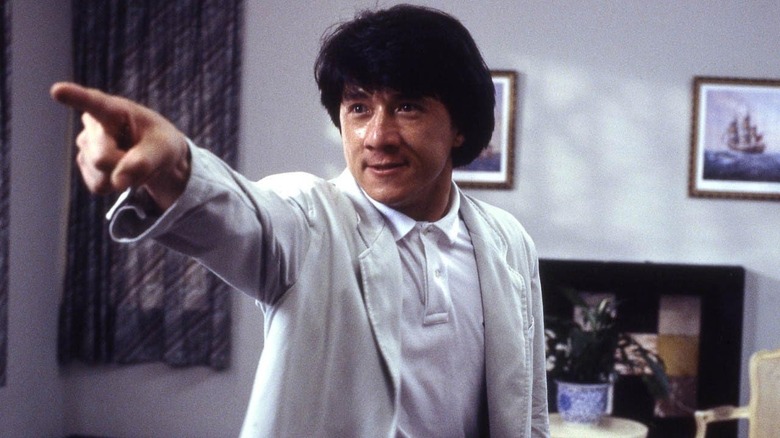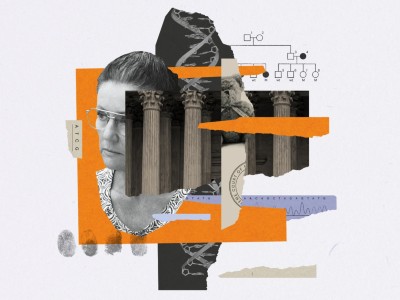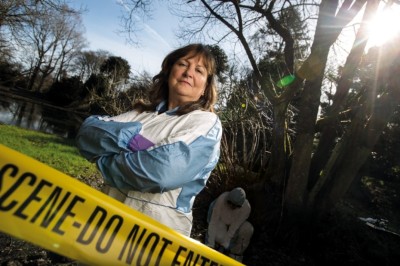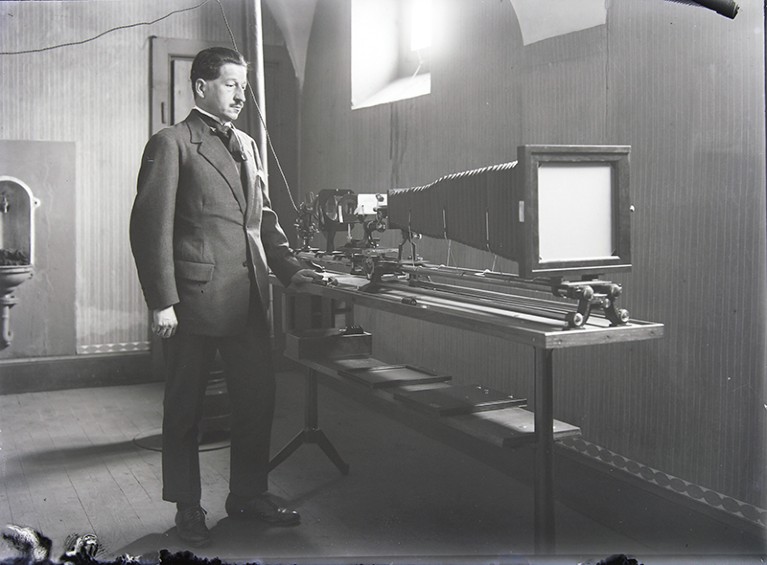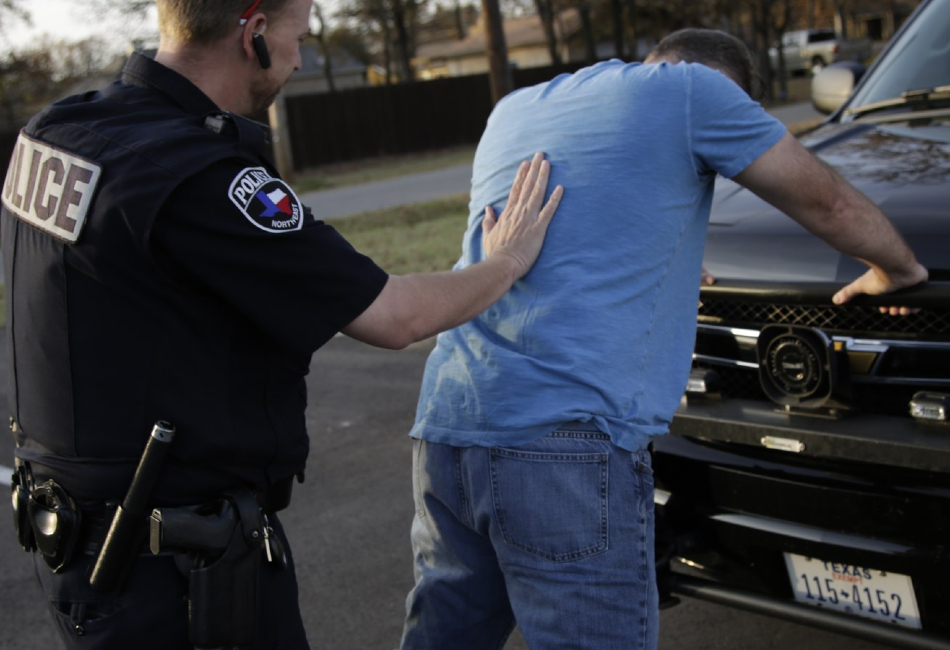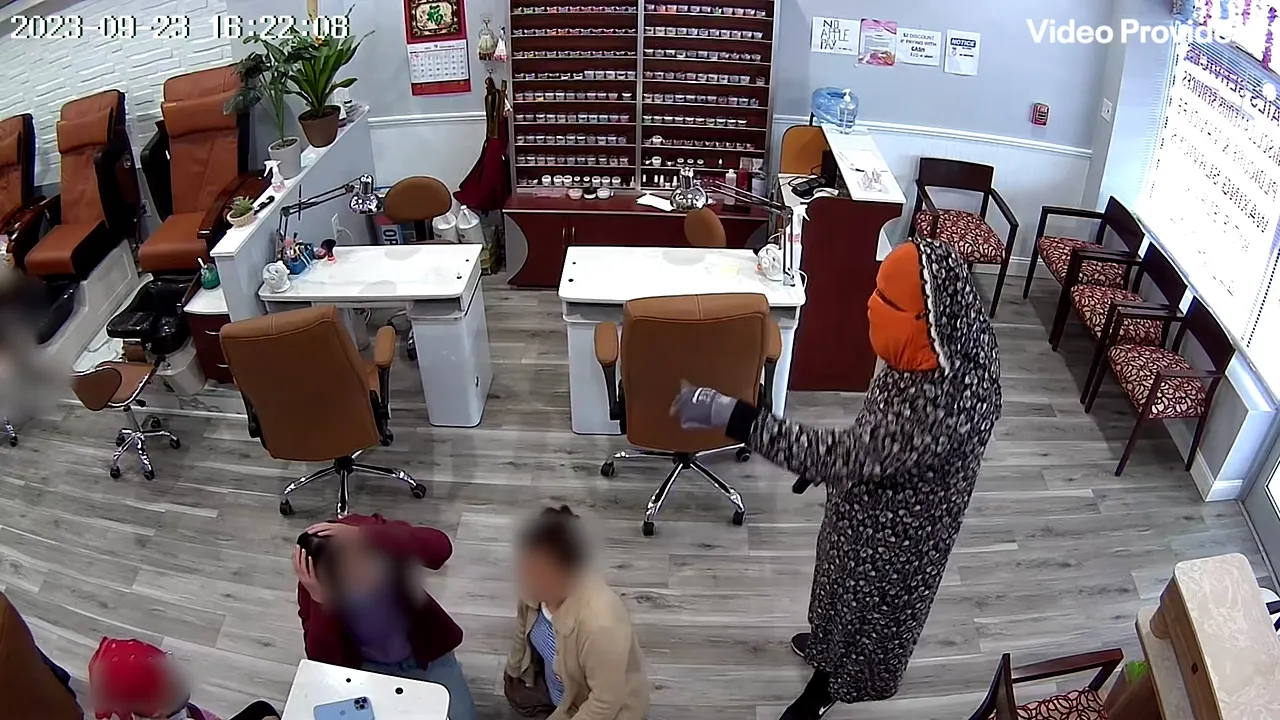[ad_1]
El drama policial floreció en la década de 1970 (Posteriormente fue parodiado en la década de 1980.) Gracias a “Dragnet”, cuando al guionista de televisión Robert L. Collins se le ocurrió lo que se consideró una idea genial al final de la administración de Richard M. Nixon: ¿Qué pasaría si en lugar de “policía”, “policía”?mujer“Muéstranos”, dijo NBC, y Collins respondió con la estridente “Mujer policía”, protagonizada por Angie Dickinson como la sargento Susan “Pepper” Anderson.
'Police Woman' fue tan progresista como se podría esperar de un drama de una hora de duración en la década de 1970, cuando era raro tener drama en él. cualquier El tipo encabezado por una mujer. Una vez a la semana, Dickinson adopta un carácter casi feminista como agente de la ley con habilidades superiores y predilección por usar camisas y pantalones ajustados. Al menos una vez fue de incógnito en traje de baño. Como se quejó ante la prensa años después, a los escritores les gustaba que su personaje entrara en acción en la ducha.
A pesar de estas concesiones a los espectadores acérrimos, la serie todavía ha tenido un impacto positivo en las fuerzas del orden, ya que ha llevado a un aumento significativo de solicitudes de mujeres para los departamentos de policía del país (aunque vale la pena señalar que, Según la Oficina de Asistencia Jurídica(A partir de 2023, las mujeres representan sólo el 12% de todos los oficiales jurados). Y aunque nunca superó los ratings de Nielsen fuera de su primera temporada, tuvo un desempeño bastante bueno hasta que fue trasladado a un horario inadecuado para su cuarta y última temporada.
Puede que “Mujer Policía” haya sido una gran estrella para Dickinson, pero lo logró gracias a la camaradería de su grupo. Pepper de Dickinson tuvo una gran química con el recientemente fallecido Earl Holliman como el sargento de armas Bill Crowley, así como con el dúo encubierto de Pete Royster de Charles Dirkop y Joe Stiles de Ed Bernard.
Dado que el programa ha estado fuera del aire durante 46 años, no debería sorprender que hayamos perdido a más personas que Holliman. ¡Pero te alegrará saber que dos de los jugadores habituales de la serie todavía están con nosotros!
Ed Bernard (Joe Estilos)
Si nunca has visto “Mujer policía”, la descripción más precisa que puedo hacer es que era una “Los ángeles de Charlie” más sobria. Las investigaciones encubiertas realizadas sobre Pepper y sus asociados solían ser asuntos serios, pero nunca se confundiría la serie con Dragnet, y mucho menos con Serpico. Fue una visualización sin estrés durante su emisión inicial en NBC y hoy en día se reproduce como un campamento. Esta es mi manera de decir que el personaje de Ed Bernard, Joe Stiles, no era la idea que nadie tenía de un detective duro como, digamos, John Roundtree.
Cuando “La mujer policía” terminó su carrera en 1978, Bernard pasó directamente a interpretar al director Jim Willis en la popular serie de baloncesto de secundaria de Bruce Paltrow, “La sombra blanca”. Unos años más tarde, consiguió un papel regular como el teniente Bill Giles en la serie “Hardcastle and McCormick”. Después de eso, se conformó con apariciones puntuales como oficial de policía o juez en películas y programas como “Doogie Howser, MD”, “Homeward Bound: The Incredible Journey” y “NYPD Blue”. Su último papel fue el de Moody Brown en Cold Case de 2005, por lo que parece que Bernard, de 85 años, se ha retirado de la actuación.
Angie Dickinson (Sargento Susan “Pepper” Anderson)
Angie Dickinson es, sin exagerar, una leyenda de Hollywood. La exreina de belleza ingresó a la televisión cuando tenía poco más de 20 años con apariciones en programas como “Death Valley Days”, “Gunsmoke” y “Wagon Train”. Hizo su debut cinematográfico en la película de 1954 “Lucky Me” y consiguió su primer papel protagónico junto a James Arness en la película de 1956 “Gun the Man Down”. Interpretó al valiente jugador Feathers junto a John Wayne. La obra maestra del oeste de Howard Hawks “Rio Bravo” Esto la convirtió de la noche a la mañana en una estrella de cine de pleno derecho. Luego apareció como Beatrice, la esposa de Frank Sinatra, en “Ocean's 11”, la mujer fatal en el clásico de Don Siegel “The Killers” y un tipo diferente de dama peligrosa en la mala “Point Blank” de John Boorman.
Después de un período de altibajos a principios de la década de 1970, Dickinson buscaba algo estable y de alto perfil. Este proyecto resultó ser “Mujer Policía”. Como se señaló, el sargento. Susan “Pepper” Anderson era un símbolo sexual y una aspirante a figura en un momento en que el movimiento feminista se estaba calentando en Estados Unidos. Dickinson también recibió tres nominaciones al Primetime Emmy por su interpretación de Pepper, que, exasperantemente, sería la última vez que recibiría premios importantes (teníamos a Janet Leigh nominada por ella en el thriller de Brian De Palma). “Vestida para matar”.
Dickinson continuó actuando en cine y televisión durante los años 1980 y 2000. Sus apariciones televisivas notables incluyeron series como “The Larry Sanders Show”, “Ellen” y “Saturday Night Live” (que presentó en 1987), mientras que en el cine fue memorable en “Even Cowgirls Get the Blues”, “Sabrina ”, e “Incluso “Las vaqueras se deprimen” y “Sabrina”. “Paga adelante”. Su última actuación en la película de Hallmark “Mending Fences” fue en 2009. Desde entonces, la mujer de 93 años ha disfrutado de la vida y ocasionalmente entrevista a personas afortunadas como yo.
[ad_2]
Source Article Link


